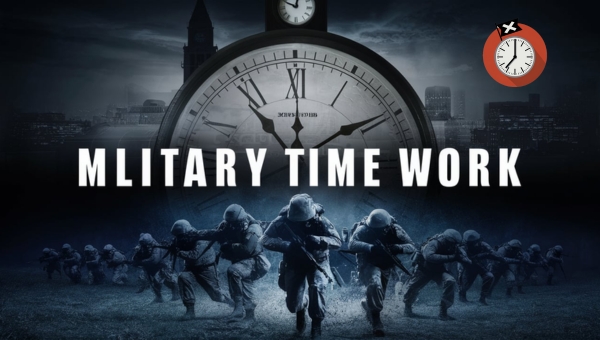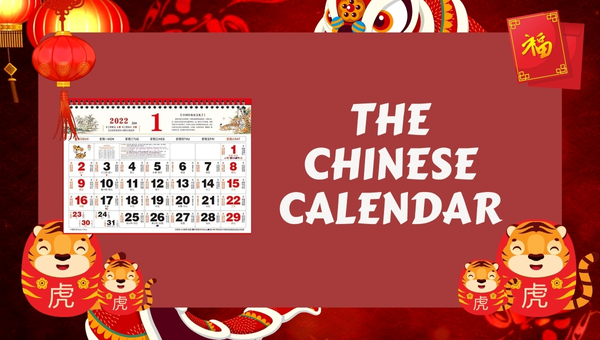Gregorian Calendar | History, Structure, and Global Impact
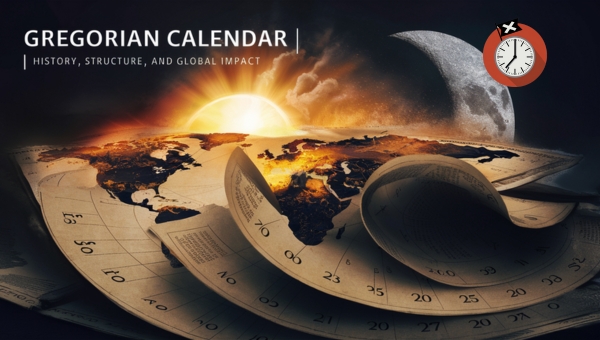
The Gregorian Calendar is a cornerstone of modern timekeeping, yet many of us take it for granted. In this article, we’ll delve into its rich history and development, explore its structure, and understand its global applications.
We’ll also tackle the challenges and nuances that come with its widespread use. By the end, you’ll have a comprehensive understanding of how this calendar shapes our world, from business practices to cultural events. Ready to embark on this enlightening journey? Let’s dive in!
Understanding the Gregorian Calendar
The Gregorian Calendar is the calendar system most widely used today. It was introduced to improve upon the inaccuracies of its predecessor, the Julian calendar.

Understanding its history and development can give us insight into why it became the global standard. Moreover, exploring its structure reveals how it functions effectively to organize our days, months, and years.
History and Development
The Gregorian Calendar was introduced by Pope Gregory XIII in 1582. Its primary aim was to correct the drift in the Julian calendar, which caused a misalignment with the solar year.
Here are some key points:
- Origins: The calendar reform was necessary due to the Julian calendar’s miscalculation of the solar year by 11 minutes.
- Development: A commission, led by the astronomer Aloysius Lilius, devised the reform. It aimed to correct the discrepancy by adjusting leap years.
- Adoption: Initially, Catholic countries in Europe adopted the Gregorian Calendar. Over time, many other nations followed suit.
- Reform: The reform included the removal of 10 days in October 1582 to realign the calendar with the equinox.
- Impact: The Gregorian Calendar helped standardize timekeeping, which was crucial for trade, communication, and religious observances.
Understanding these historical aspects shows how the Gregorian Calendar evolved to become a vital tool for organizing time.
Structure of the Gregorian Calendar
The Gregorian Calendar is a widely used system for organizing days into months and years. Understanding its structure helps us navigate through our daily lives and plan for future events. Let’s dive into how the calendar is set up, focusing first on the division of the year into months and then on the concept of leap years.
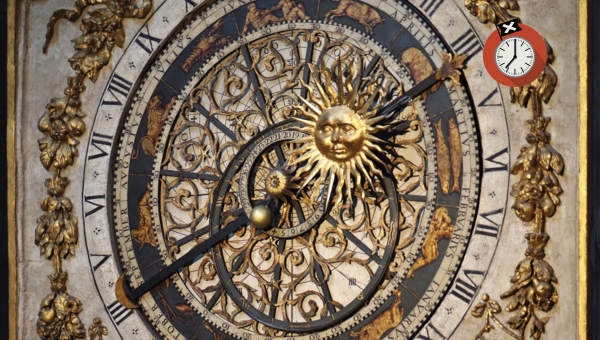
Calendar Year and Months
The Gregorian Calendar divides the year into 12 months, each with a specific number of days:
- January: 31 days
- February: 28 days (29 in a leap year)
- March: 31 days
- April: 30 days
- May: 31 days
- June: 30 days
- July: 31 days
- August: 31 days
- September: 30 days
- October: 31 days
- November: 30 days
- December: 31 days
This arrangement totals 365 days in a common year and 366 days in a leap year.
Leap Years
Leap years help synchronize the calendar year with the solar year. A leap year occurs every four years, adding an extra day to February, making it 29 days long. This extra day compensates for the fact that a solar year is approximately 365.25 days long.
Here’s a quick guide to understanding leap years:
- Common Year: 365 days
- Leap Year: 366 days (with February having 29 days)
- Rule for Leap Years: A year is a leap year if it is divisible by 4. However, if the year is divisible by 100, it is not a leap year unless it is also divisible by 400.
This system ensures that our calendar remains aligned with the Earth’s revolutions around the Sun.
Applications of the Gregorian Calendar
The Gregorian Calendar plays a crucial role in various aspects of modern life. From international timekeeping to cultural events, its influence is widespread. Let’s dive into its global adoption and its impact on business and culture.
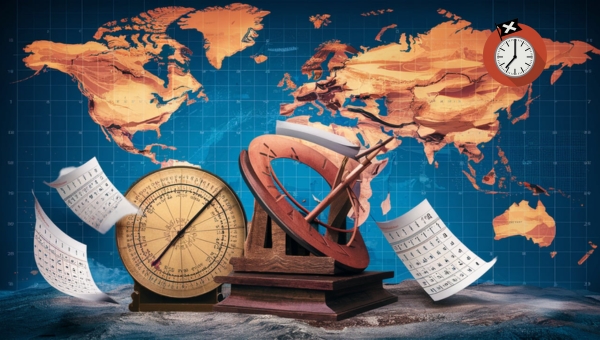
Global Adoption
The Gregorian Calendar is widely used around the globe, making it essential for international timekeeping and scheduling.
- Adopted by most countries for civil purposes, it helps maintain consistency in global interactions.
- Facilitates international trade by offering a common framework for dates and deadlines.
- Important for coordinating global events, such as New Year’s Day, which is celebrated on January 1st across many nations.
Impact on Business and Culture
The influence of the Gregorian Calendar extends into business practices and cultural events worldwide.
- Business Practices
- Provides a standardized timeline for financial quarters and fiscal years.
- Ensures uniform scheduling for multinational companies, aiding in project management and deadlines.
- Cultural Events
- Determines the dates for public holidays and significant cultural celebrations.
- Influences school academic calendars and vacation periods.
Understanding these applications can help us appreciate the significance of the Gregorian Calendar in our daily lives and global interactions.
Challenges and Considerations
Understanding the Gregorian Calendar involves not just its structure and applications but also the challenges and considerations that come with its use. Two significant areas that often pose difficulties are calendar variations and synchronization issues. Let’s explore these in detail.
Calendar Variations
Variations in the Gregorian Calendar can lead to discrepancies that affect how dates and holidays are observed.
These differences can arise due to:
- Regional Holiday Observances: Different countries and cultures may have unique public holidays that do not align with the standard Gregorian Calendar.
- Date Calculations: In some regions, the method of calculating dates for certain events, such as religious holidays, can differ, leading to inconsistencies.
- Historical Adjustments: Some countries adopted the Gregorian Calendar at different times, resulting in historical records that may not align perfectly.
Synchronization Issues
Synchronizing the Gregorian Calendar with other calendar systems and astronomical events presents another set of challenges.
These issues include:
- Other Calendar Systems: Many cultures use alternative calendars, such as the Lunar or Islamic calendars, which do not align with the Gregorian system.
- Astronomical Events: The Gregorian Calendar must be adjusted periodically to account for astronomical events like the Earth’s orbit around the Sun, which is not perfectly 365 days.
- Leap Year Adjustments: While leap years help keep the calendar in sync with the solar year, they can also complicate synchronization with other systems and events.
Navigating these challenges is crucial for maintaining the accuracy and reliability of the Gregorian Calendar across various applications and regions.
Conclusion
The Gregorian Calendar is a fundamental tool that shapes our daily lives, guiding everything from work schedules to cultural celebrations. Understanding its structure, history, and global impact provides valuable insights into how we organize time.
While it has its challenges, such as synchronization issues with other systems, it remains a crucial part of modern society. By delving into its complexities, we can better appreciate its role in the world. Interested in learning more about timekeeping and calendars? Check out our other informative articles on the site to expand your knowledge!

